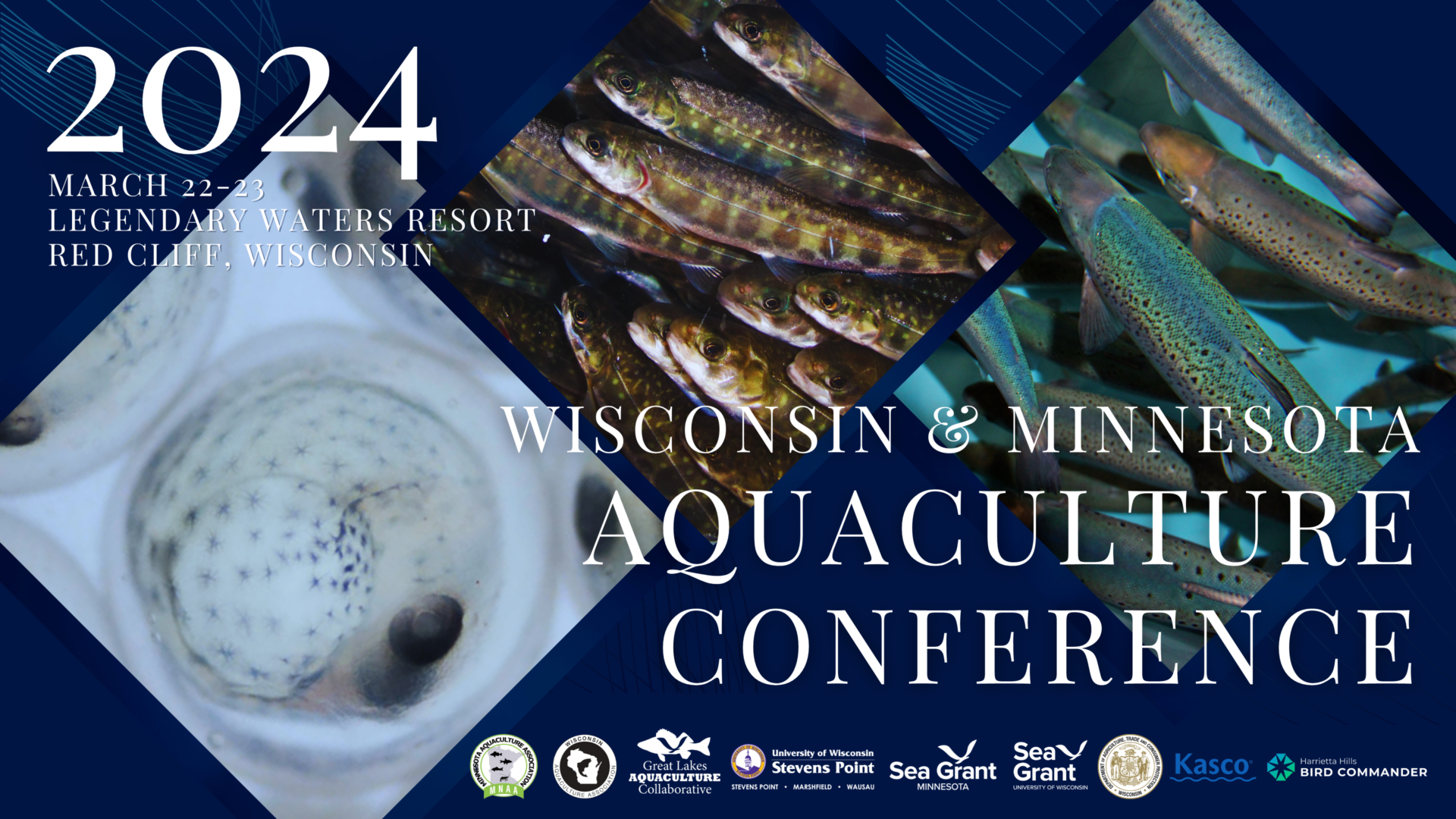Trenton Channel power plant stacks demolished after nearly 100 years
The two 600-foot stacks towering over the Detroit River at the idled Trenton Channel power plant in Trenton, Michigan, have been demolished. The rest of the nearly 100-year-old coal-fired power plant, which was idled in 2022, will be demolished on May 17, bringing southeast Michigan closer to a carbon-free future. Read the full story by the Detroit Free Press.
Great Lakes Commission
https://www.glc.org/dailynews/20240315-trenton-stacks

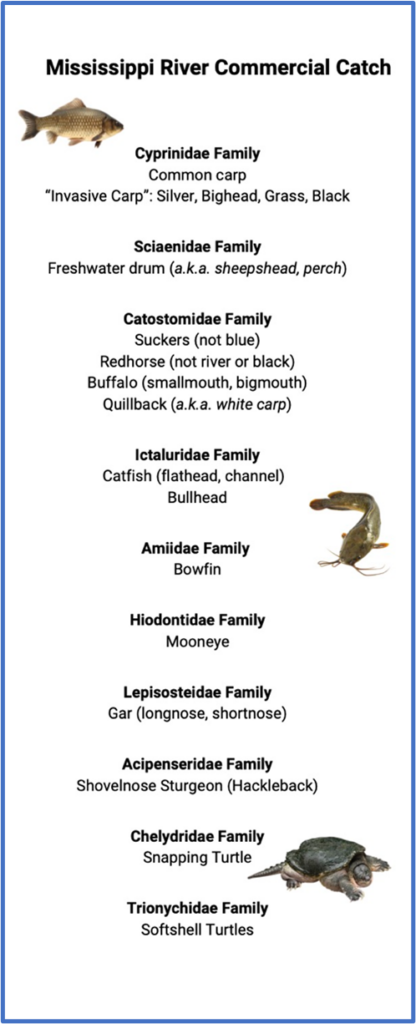 Carp, Cats, Perch and Pearls: Wisconsin’s Unsung Commercial Fishery
Carp, Cats, Perch and Pearls: Wisconsin’s Unsung Commercial Fishery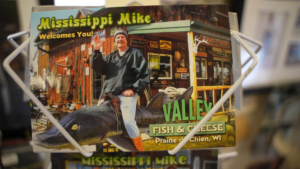
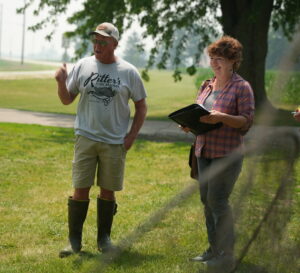
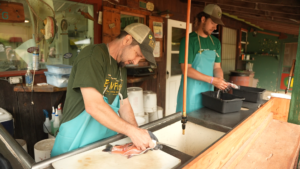












 boat launches! Get involved today!
boat launches! Get involved today! which topics they are interested in monitoring. The information gathered by volunteers is even used by Wisconsin Department of Natural Resources and university biologists and researchers, UW-Extension, and other interested individuals in projects that work to improve your lake! Help keep track of changes in your lake while being near your favorite Winnebago lake! This opportunity is easy to do from both the shoreline as well as your boat!
which topics they are interested in monitoring. The information gathered by volunteers is even used by Wisconsin Department of Natural Resources and university biologists and researchers, UW-Extension, and other interested individuals in projects that work to improve your lake! Help keep track of changes in your lake while being near your favorite Winnebago lake! This opportunity is easy to do from both the shoreline as well as your boat!
 provide responsible alternatives and a judgement-free environment for pet owners who can no longer care for their exotic animals.
provide responsible alternatives and a judgement-free environment for pet owners who can no longer care for their exotic animals. collaborative effort ensures that these animals are given proper care and attention.
collaborative effort ensures that these animals are given proper care and attention. With 29 events planned for the year there are ample opportunities for pet owners to seek assistance in rehoming their animals.
With 29 events planned for the year there are ample opportunities for pet owners to seek assistance in rehoming their animals.